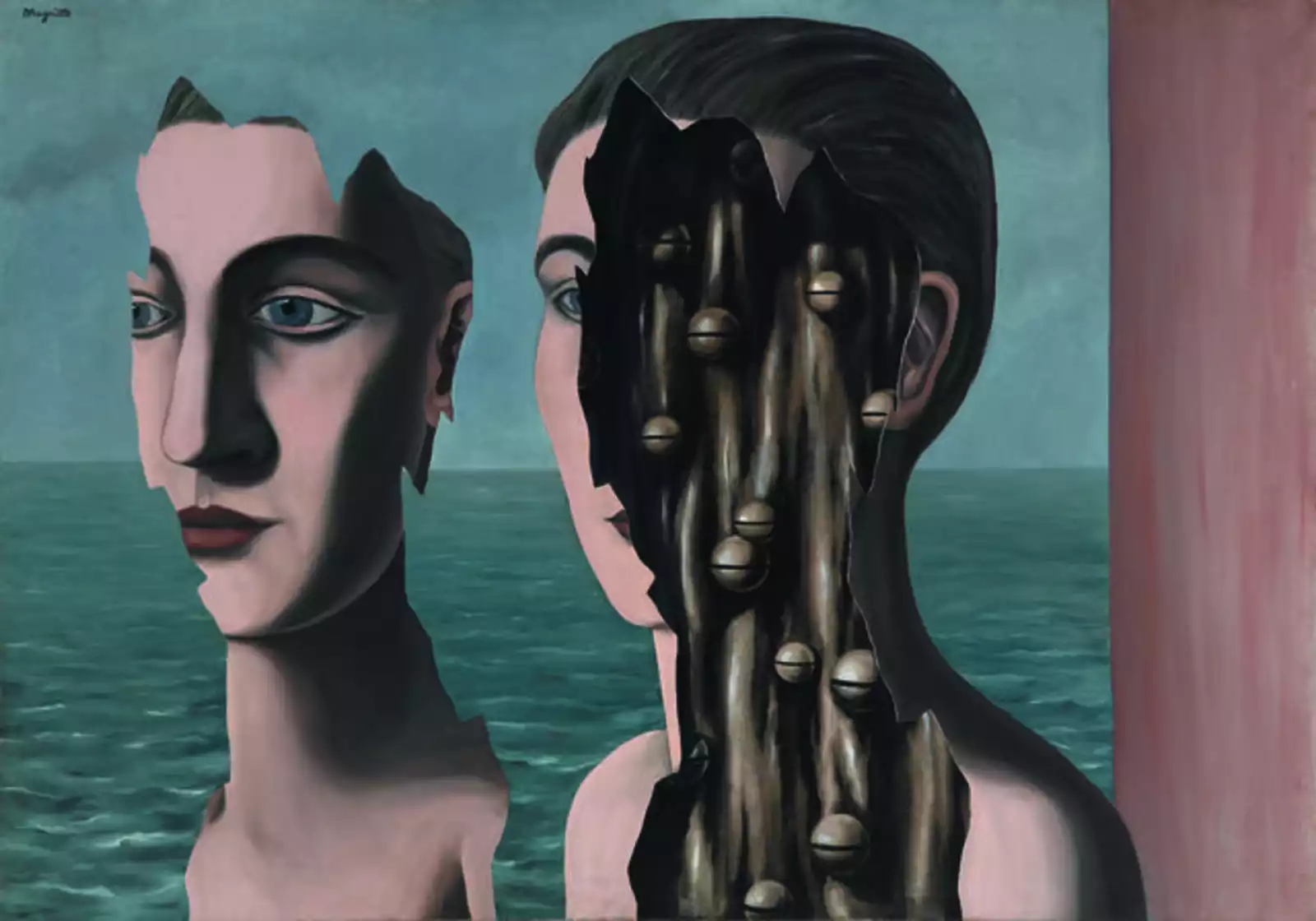HER LIPS ARE COPPER WIRE
By:
October 24, 2023
A (pro- or anti-) science-, mathematics-, technology-, space-, apocalypse-, dehumanization-, disenchantment-, and/or future-oriented poem published during sf’s emergent Radium Age (c. 1900–1935). Research and selection by Joshua Glenn.

whisper of yellow globes
gleaming on lamp-posts that sway
like bootleg licker drinkers in the fog
and let your breath be moist against me
like bright beads on yellow globes
telephone the power-house
that the main wires are insulate
(her words play softly up and down
dewy corridors of billboards)
then with your tongue remove the tape
and press your lips to mine
till they are incandescent
Cane is a 1923 fiction — a series of vignettes revolving mostly around the experiences of black women, which alternate in structure between narrative prose, poetry, and play-like passages of dialogue — by Jean Toomer. (The mixed-race son of a former slave, Toomer is frequently associated with the Harlem Renaissance, though he himself resisted the association; he also very much resented being classified as a Negro writer.)
The “Her Lips” section was written around 1920; it was composed when Toomer was preparing a response to Richard Aldington’s essay on the modernist poetry movement known as imagism. Taken with Aldington’s description of imagist poems as providing an electrical “sudden shock of illumination,” Toomer wrote this literally electrified imagist poem; it’s prosodically irregular, syntactically discontinuous, and devoid of punctuation. Within the text of Cane, it helps to understand that the city of law (typified by insulated wires) is contrasted with the city of vision; vision is impossible unless some kind of empathetic connection beyond the law is made between human beings. So when the lover in the poem asks to have the “tape” (insulation) removed from his lips, he asks for the visionary spark that a kiss will create, one that will make his lips “incandescent.”
It has also been noted that the image of copper wire lips unites the Northern and Southern sections of the book, combining technology and sexuality. The “incandescence” of the poem’s last stanza, we read, is the regenerating sexual union — and perhaps the promise of a black Messiah, and the finding of a voice — that the various narrators of Cane struggle to achieve.
RADIUM AGE PROTO-SF POETRY: Stephen Spender’s THE PYLONS | George Sterling’s THE TESTIMONY OF THE SUNS | Archibald MacLeish’s EINSTEIN | Thomas Thornely’s THE ATOM | C.S. Lewis’s DYMER | Stephen Vincent Benét’s METROPOLITAN NIGHTMARE | Robert Frost’s FIRE AND ICE | Aldous Huxley’s FIFTH PHILOSOPHER’S SONG | Sara Teasdale’s “THERE WILL COME SOFT RAINS” | Edith Södergran’s ON FOOT I HAD TO… | Robert Graves’s WELSH INCIDENT | Nancy Cunard’s ZEPPELINS | D.H. Lawrence’s WELLSIAN FUTURES | & many more.
